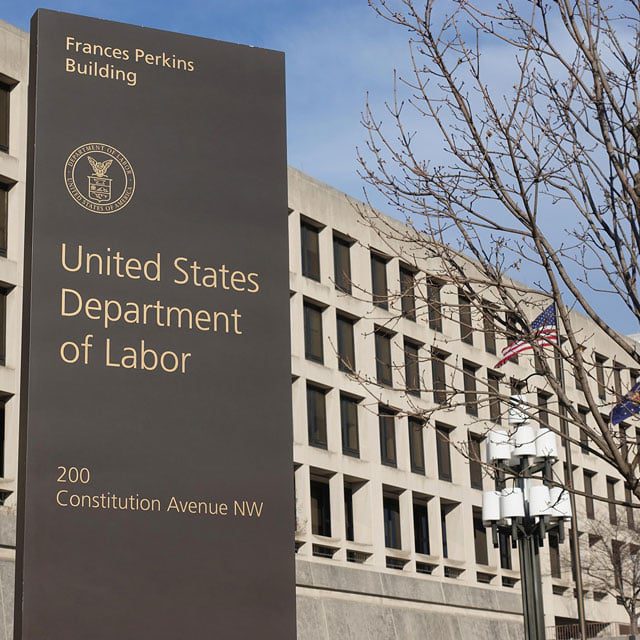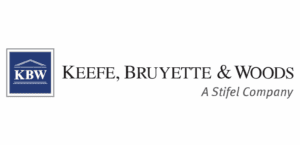Here Are the 'Big-Picture' Principles of New Fiduciary Rule: DOL Official

Regulatory ‘Gaps’
Another objective of the new fiduciary rulemaking, Hauser explained, “is to make sure there’s a level playing field, and that at least when it comes to advice on retirement assets — on plan and IRA assets — there’s one uniform federal standard that applies across the board to everybody.”
If you’re making a recommendation, in Labor’s view, “it really shouldn’t matter if you’re recommending to the investor that they buy real estate, crypto, commodities, a security or nonsecurities like a fixed indexed annuity — everyone should be competing under a common best-interest standard to the extent they’re holding themselves out as a trusted advisor,” Hauser said.
Right now, he continued, “there are gaps.”
The Securities and Exchange Commission’s Regulation Best Interest, as part of securities law, “is limited to retail investors,” Hauser explained. “It doesn’t cover nonsecurities.”
Then there’s state insurance laws, which are “limited to insurance products,” as well as “questions about the applicability of ERISA to rollover advice,” Hauser said.
Reg BI “doesn’t cover advice to the small plan sponsor, or any plan sponsor, [as to] what to put on their 401(k) plan menu,” Hauser relayed, adding that Labor’s goal was to “significantly” align Labor’s new fiduciary rule with Reg BI.
Labor “felt like to the extent advisors in this marketplace were making a strong, good-faith effort to comply with what Reg BI requires, they ought to be in good shape” in complying with Labor’s new fiduciary rule, Hauser said.
Labor “did not want to write a rule that penalized people who actually made the effort to come into compliance” with Reg BI, Hauser added. “I think we have tried to avoid that.”
Further, Hauser added, “No question about it, we wanted to make sure that what we say about the reg, how we wrote the reg, corresponds both with the text of the statute and the substance of the Fifth Circuit [Court of Appeals] decision,” which struck down Labor’s 2016 fiduciary rule.




